If the red light of your generator starts blinking, you may be wondering about the cause of the problem and how to fix it. Fortunately, we have done some research for you, and here is what we found.
The following are possible reasons why there is a blinking red light on your generator:
- Lack of oil pressure
- Wrong positioning of the switch
- Excess burden
- Failure to turn on the propane
- Engine failure to start
When you notice that the red light on your generator is blinking, it is important to quickly find out the cause of the problem. Keep reading to get detailed information on how to deal with blinking red lights in generators.
Why Is There A Blinking Red Light On My Generator?
There are diagnostic lights on generators. These lights can be used to pinpoint a problem when a generator is acting strange or malfunctioning. These diagnostic lights, though, are more useful if you understand what they signify.
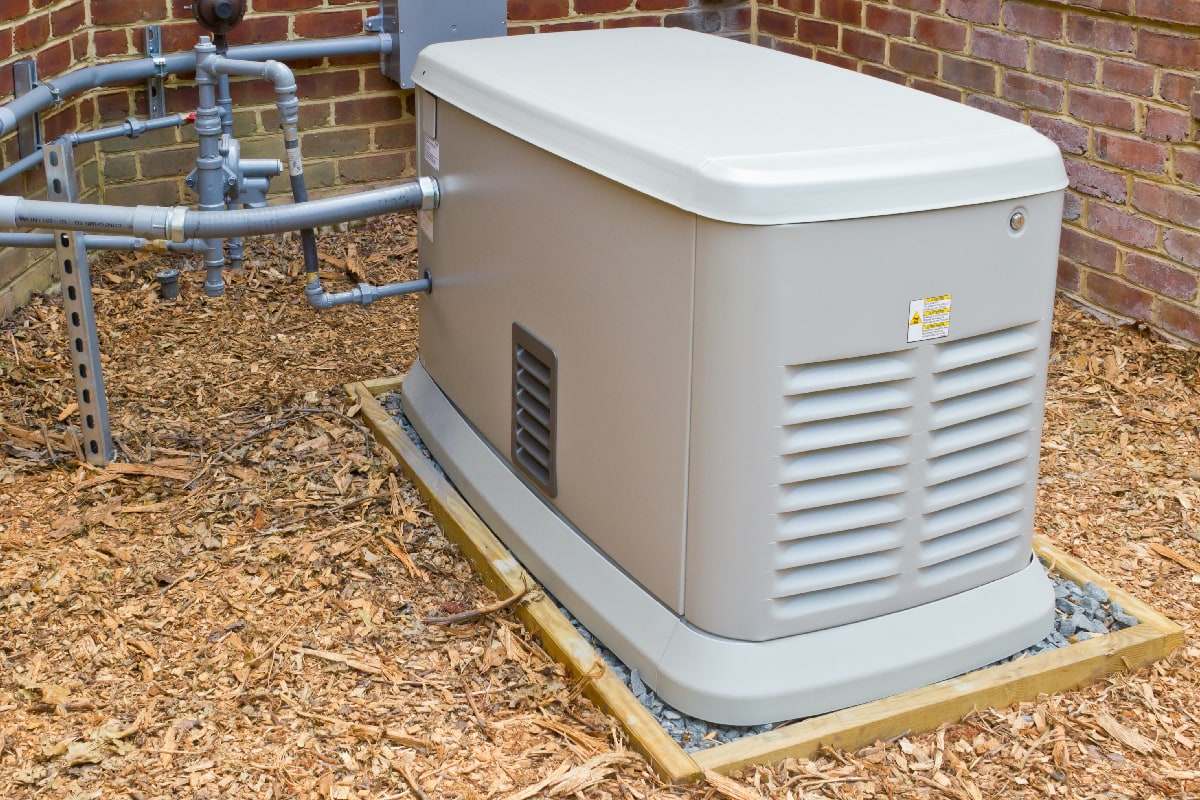
The red light indicates a problem. It specifically reveals that the generator has switched to fault mode. A generator's red light may start blinking for different reasons, some of which include:
Lack Of Oil Pressure
Low oil pressure might make it difficult for a generator to start. You will see the red light as soon as the generator struggles to start. Examine the oil. Verify that the generator has enough oil. If it doesn't, make sure to add some.
Wrong Positioning Of The Switch
When the switch of the generator has not been pushed back, the generator won't start the next time there is a power loss, and the red light will turn on to warn you of this. This is one of the simplest red light scenarios. It also has a straightforward fix.
Excess Burden
The red light is supposed to turn on when an attached electrical item overloads. The same thing will occur if the output voltage increases or if the generator notices that the inverter control unit is overheated. Although the generator will continue to run, it will not generate any electricity.
You may occasionally connect a powerful device that uses a lot of electricity when it turns on, causing the red light to flash and briefly stay on. After a little while, the red light may go away.
Failure To Turn On Propane
If your generator runs on propane, turning it off will turn on the red light. To be more precise, if the generator tries to start while the propane is off, the red light will come on.
Similar to the first point, the red light's purpose in this instance is to alert you about the generator's inability to start. At times, you may fail to turn on the propane.
If you run out of propane, you presumably will shut off the gas as you await delivery of additional propane from your vendor. Make sure to examine the valve. Hire an electrician if the propane is on. They might detect a pocket of air in the propane.
Engine Failure To Start
Over crank refers to a situation where the engine won't start, but the generator receives a strong crank signal from the ignition coils. Although it is spinning, the appropriate speed has not yet been reached. The red light will come on when you are experiencing this
What To Do If There Is A Blinking Red Light On My Generator?
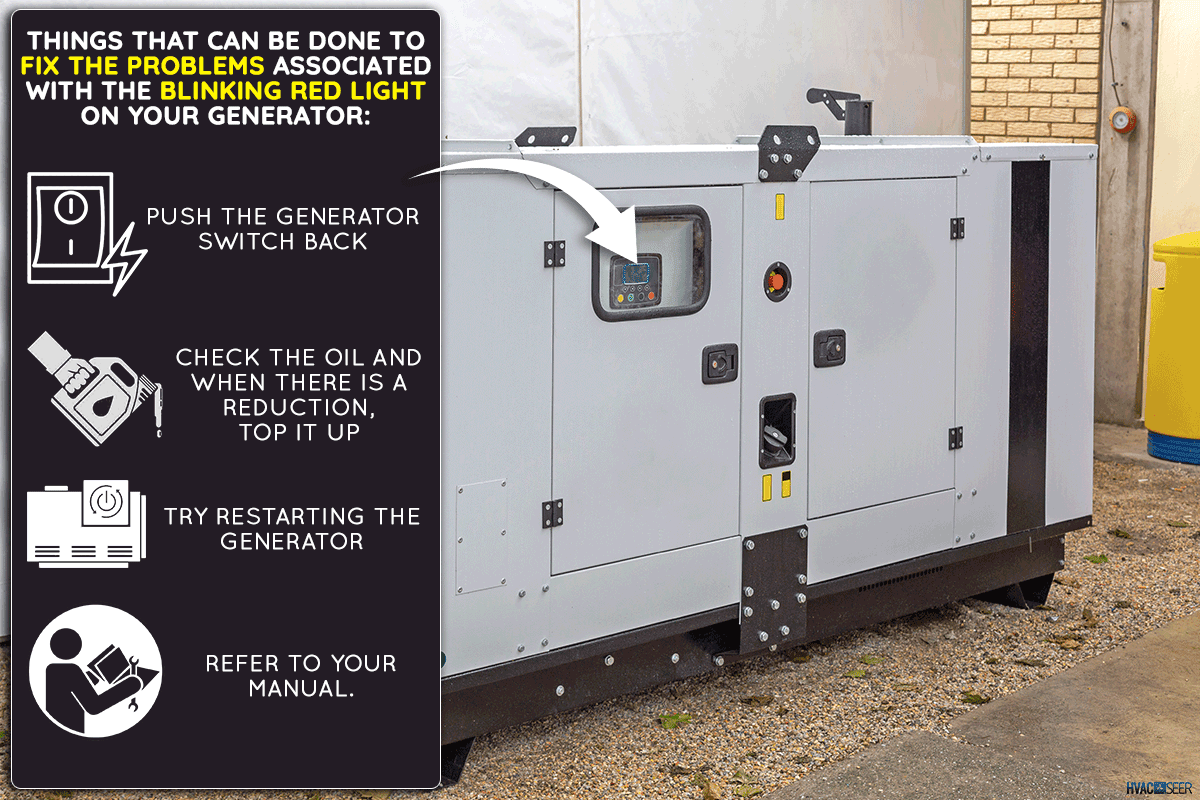
In some instances, you can solve the problem by dealing with the issue that made the light blink. Below are things that can be done to fix the possible problems associated with the blinking red light on your generator:
- Push the generator switch back.
- Check the oil and when there is a reduction, top it up.
- Try restarting the generator.
- Refer to your manual.
What Does The Yellow And Green Light Mean On A Generator?
A yellow light indicates that your generator needs maintenance but is still operating according to its set schedule. A yellow light also denotes poor charging performance of the battery charger. You may need to replace the oil and filter on other occasions. Whenever the green light on your generator is on, it signifies that your generator is operating and functioning properly.
What Does A Half Yellow Half Green Light Mean On A Generator?
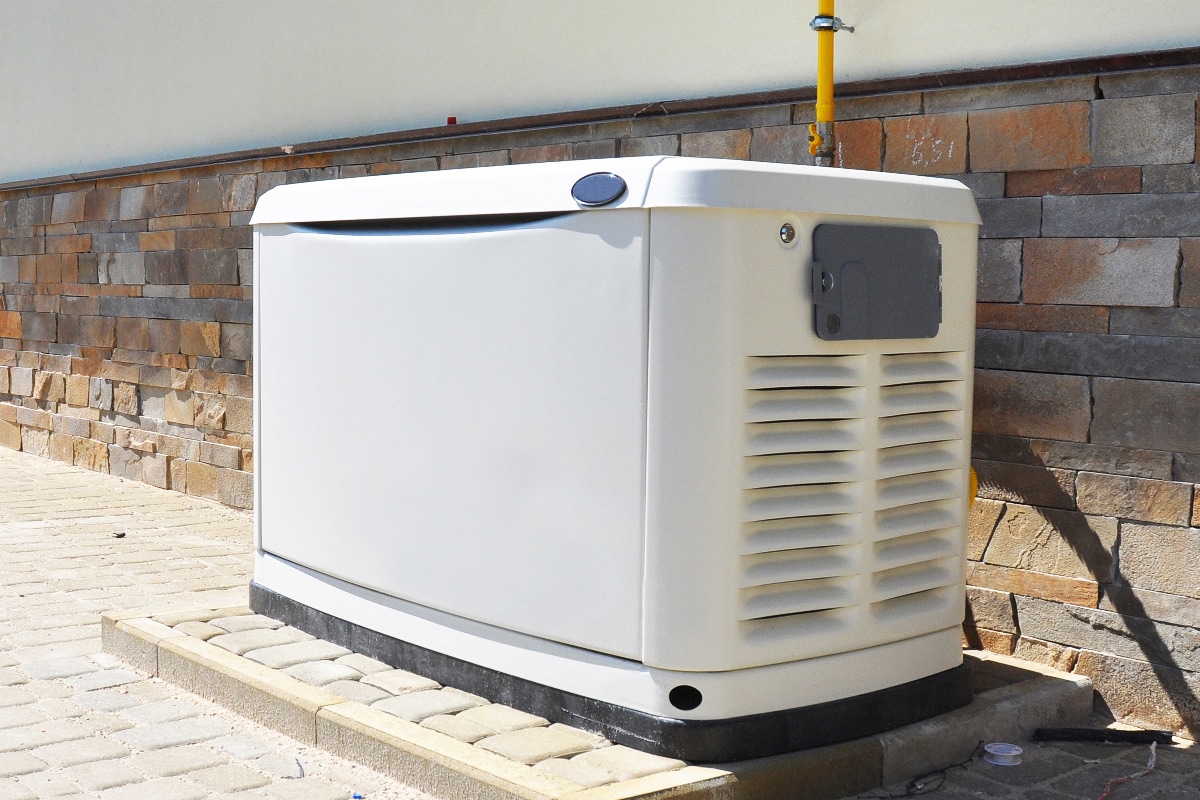
If the light on your generator is intermittently green and yellow, this is only a recommendation for maintenance. Your generator will still turn on and run automatically; there is nothing wrong with it.
These time-based reminders for suggested maintenance start to appear after a predetermined amount of time. Sometimes you will notice this green and yellow light turn on as a reminder to examine the battery in the generator.
How Do You Reset A Generator?
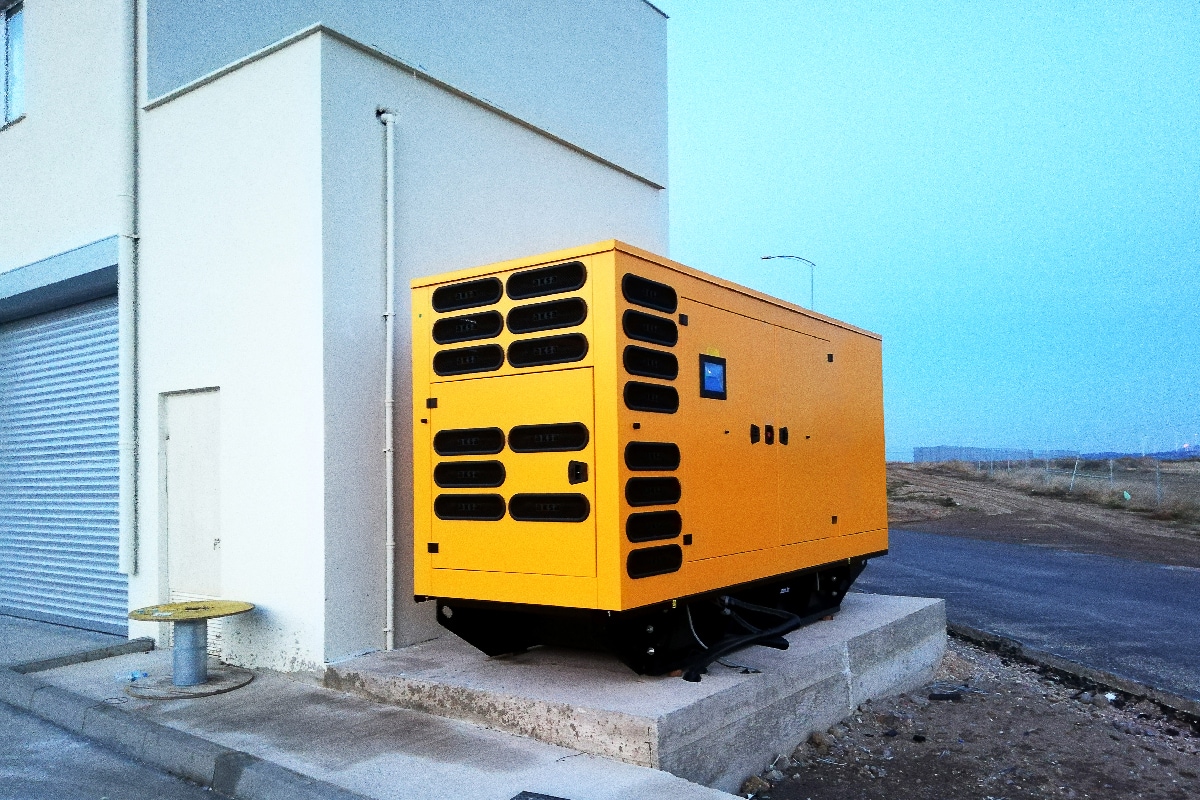
A reset is important in the proper maintenance of a generator. If you don't make any mistakes, resetting your generator can be quick and uncomplicated. You can reset a generator by following these steps:
- Go to your generator and switch it to the off position.
- Press the Enter key to turn it off. After turning it off, you should wait for 30 seconds.
- Turn your generator to the Manual position after 30 seconds. Your generator should now be turned on. You should test the generator and run it for five minutes if it begins.
- Turn it off again after it has run for five minutes. Once more, give it another 30 seconds to power off fully.
- Set the device to AUTO.
How Do I Maintain My Generator?
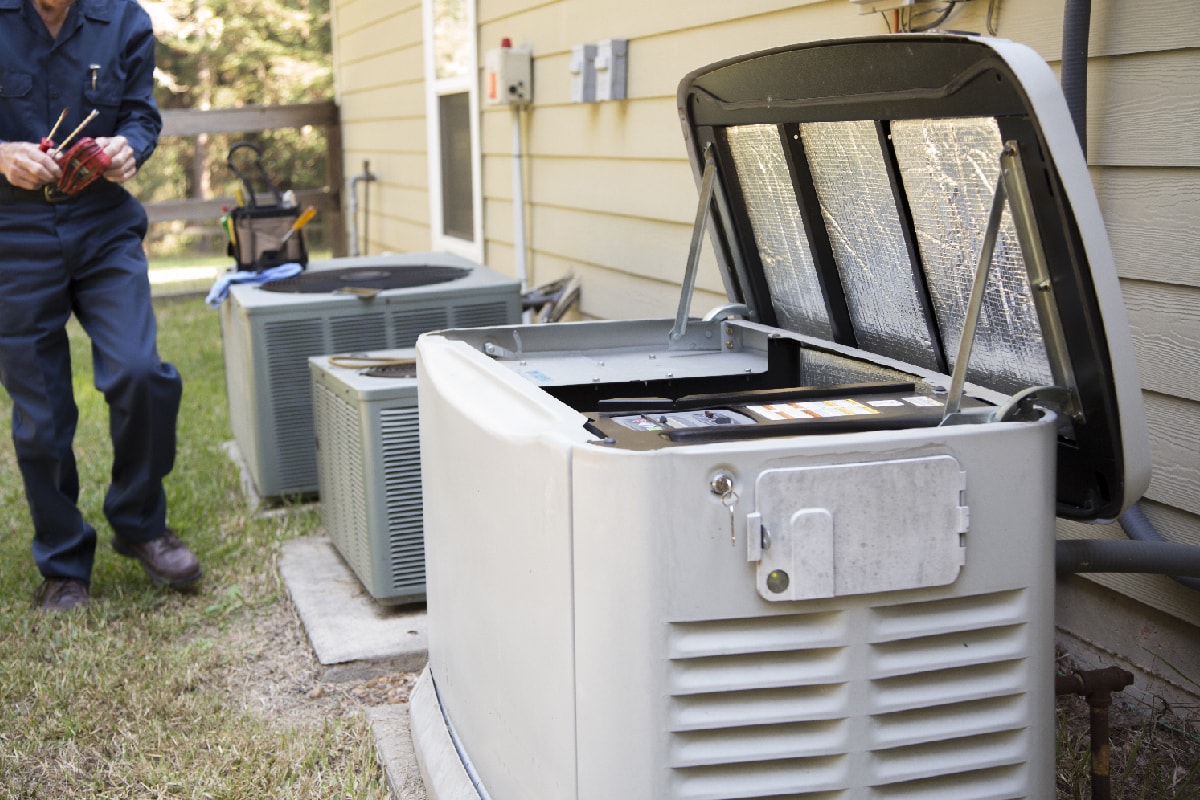
To maintain the high level of efficiency of your generator, you can do the following:
Replace The Oil
Replacing the oil is one of the most crucial aspects of generator maintenance. Several factors will determine how frequently you should replace the oil. They include the type of generator you have, how often it is used and the kind of climate the generator operates in.
It is advisable to replace the oil every 50 to 200 hours of operation. Since newer, cutting-edge models burn cleaner than older ones, they can need fewer oil changes.
However, you might need to increase the frequency of oil changes if your generator runs in an area with a lot of dust or other impurities that can mix with the oil.
Keep It Safe
You should exercise some caution after each use if you want to prolong the lifespan of your generator. Double-check to see if the fuel lines are empty in addition to emptying the fuel tank. Keep the machine in a cool, dry location to prevent corrosion and increase its lifespan.
You should consider investing in items like tents, covers, and generator sheds. To prevent untimely repairs, each of these pieces of equipment helps you store and safeguard your generator.
Click here to see this generator tent on Amazon.
Regular Checks
Since generators are typically used as a backup measure, it may be months or even years before you need to start one. Ensure you turn on your generator once a month.
Keep It Clean
The rotor and stator are two components found inside your generator, which cooperate to produce power in a generator. Rotors and stators frequently gather dust, debris, and other impurities while they are in use.
The rotor and stator won't be able to generate energy as effectively if you let your generator accumulate too much dirt. You will probably burn the two components out more quickly than usual.
You should clean the air filters in your generator to get rid of dirt. Additionally, it's advised to inspect the air filter for dust once a week, regardless of how frequently you use your generator.
Avoid Using Old Gas
You may not be aware that you should drain the fuel from your generator's tank after each use. By clearing the tank, you can run clean, effective fuel and safeguard your system from deterioration and harm.
To Wrap Up
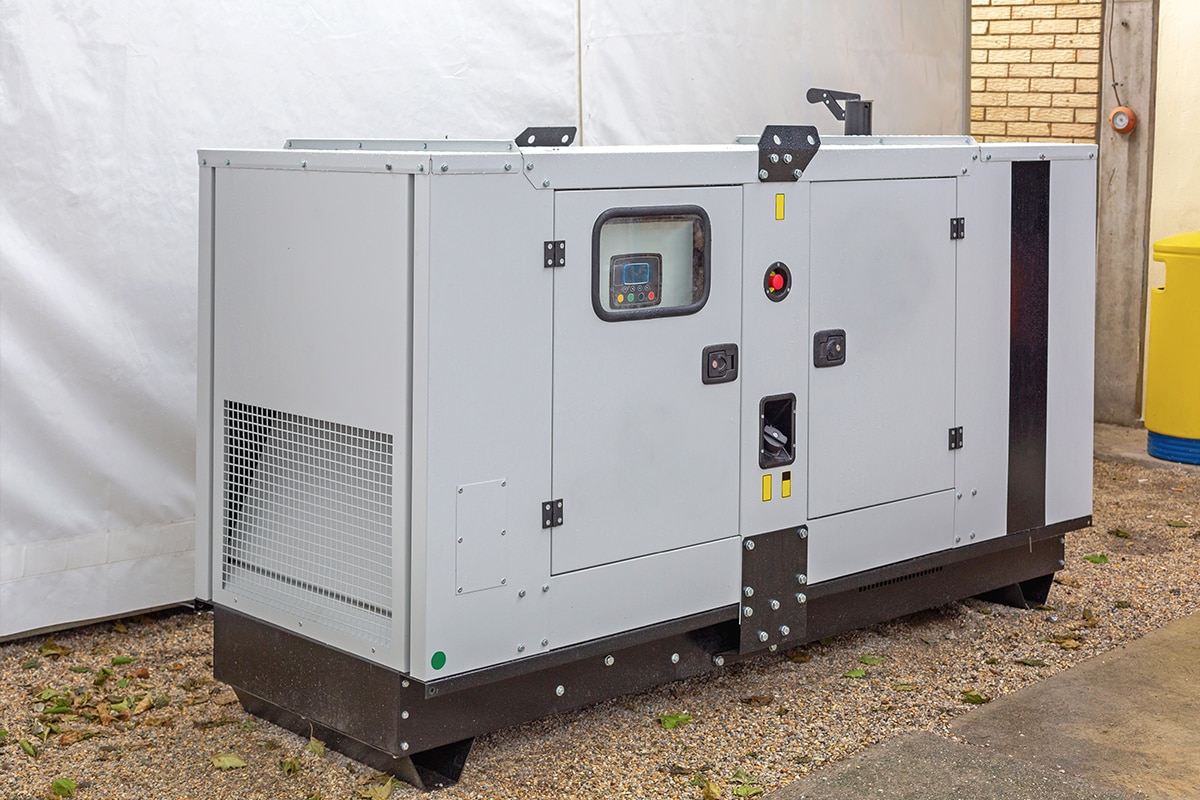
As soon as you notice that the red light of your generator is blinking, quickly find out the exact cause of the problem and solve it. The problem is usually a result of low oil pressure, wrong positioning of the switch, failure to turn on the propane, and excess burden. Make sure to tackle the problem as soon as possible.
If you enjoyed reading this post, here are similar articles you may like:
How Long To Run An Ozone Generator In A Bedroom?

